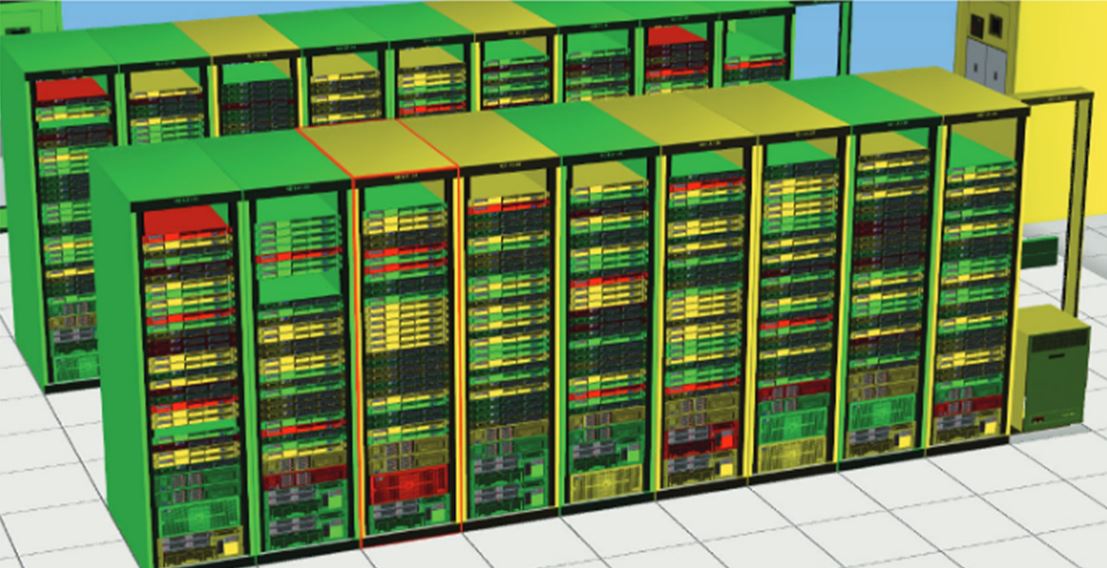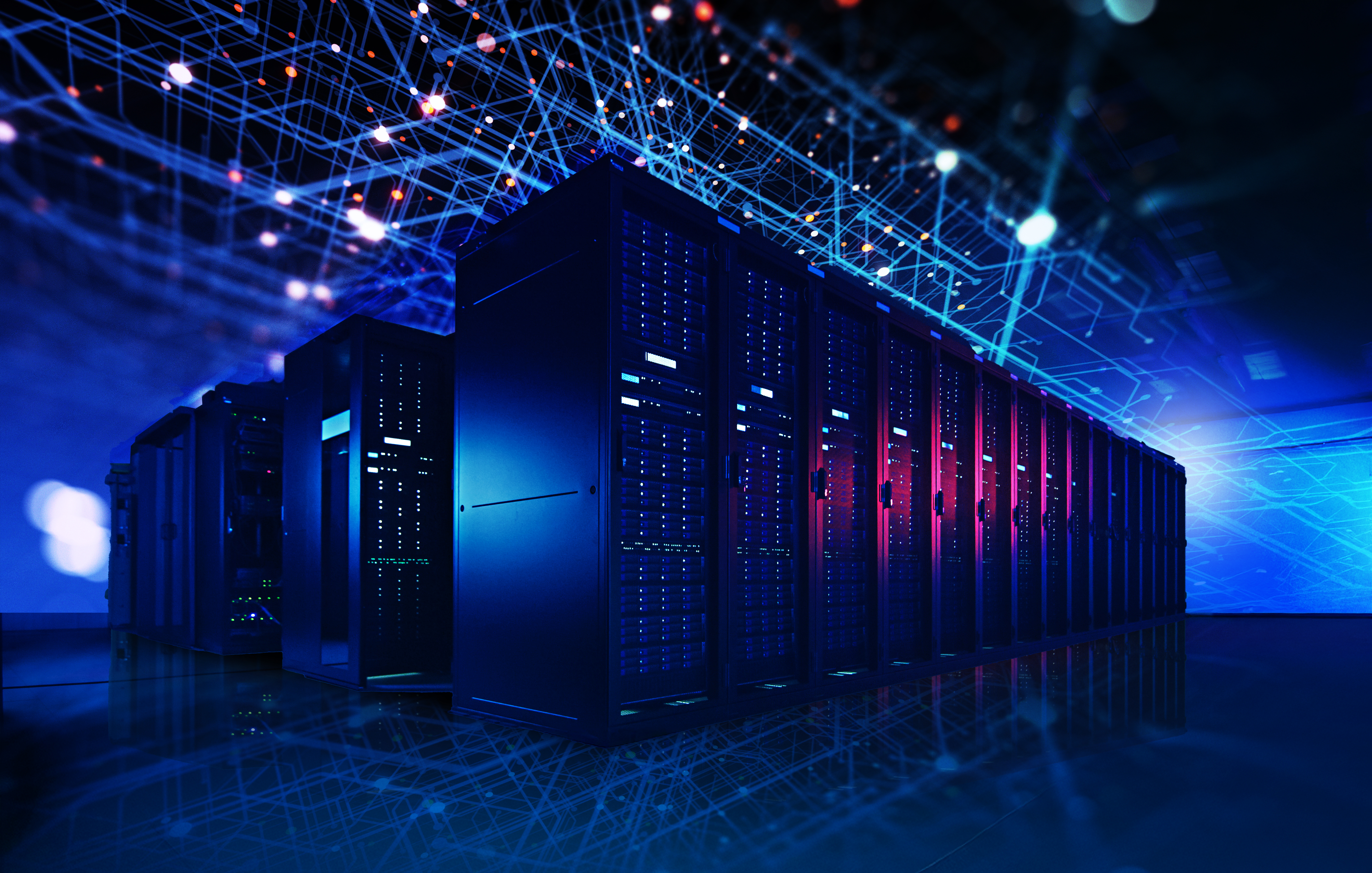In 2022, we will see a continuation of last year’s trends impacting data centers, especially since the COVID pandemic and its consequences have continued to have a greater impact on our lives than we anticipated at the beginning of 2021. All the trends we highlighted last year have taken place: we predicted that 5G rollouts would have an impact on the data center – even as 4G investment remains relevant – and data centers have continued gearing up for the impact.
We also saw an acceleration in migration to the cloud, and more edge data centers are being built. IoT and “smart everything” is driving the move to the cloud, and IoT use will continue to skyrocket. Reliance on AI ramped up to process increasingly large amounts of data for latency-sensitive applications. Finally, adoption of single-mode fiber accelerated because of the need to process more data more quickly.
Most people had expected to be back in hybrid work environments by mid-2021, but we’re still largely using remote workstyles. In fact, we may likely see remote work becoming a permanent workstyle for many knowledge workers, at least part of the time.
Let’s look at these trends more closely.
5G Will Continue to Ramp Up
Service providers and private companies will continue to evaluate the most pragmatic ways to add capacity and capability into 5G deployment plans. In terms of its impact on the data center, 5G promises faster access to information, and that will drive more edge datacenter buildouts. More and more data is latency-sensitive and requires faster access, so what we’re seeing is the migration from large core, small edge data center architecture to smaller core, larger edge architecture.
Cloud core 5G will expand data center builds significantly in private companies. If you can build private 5G based on cloud architecture with local radios in the cloud, that’s a very data-intensive, latency-sensitive application, and that will drive growth in data centers and edge data centers as well. This trend will start in 2022, but it will also roll out over several years as businesses work out getting the right to use 5G spectrum from carriers.
IoT will Continue to Skyrocket
IoT growth shows no signs of slowing. In fact, according to Statista, the number of IoT devices worldwide will almost triple from 8.74 billion in 2020 to more than 25.4 billion in 2030. We foresee ongoing strong business investments in IoT. Managers are looking more closely at how they can run their businesses better – optimizing shipping, for example – and putting sensors in the right places can help with that effort.
When it comes enabling the IoT and smart things, everything comes back to data. If you think about all the tiny data points involved in something as simple as a door sensor (when is it open, when is it closed, is it locked or unlocked, who unlocked or locked it) and you multiply that by the number of sensor applications (temperature, occupancy, lighting, water usage, etc.) it’s all data that needs to be stored someplace and accessed by an application or user. The infrastructure that makes that work is all in the data center.
In addition, we’re seeing that more and more data is time sensitive, and it needs to be processed at the edge, so the IoT is also fueling the growth in edge data centers. Today, most of the edge buildouts are being done by public cloud companies, and some providers are building edge data centers for latency-sensitive applications like video. (Consider the explosion in streaming video services as a core driver of this trend.) In fact, the biggest impact from IoT in the data center will be video applications – entertainment, security monitoring, data mining and safety, for example. Companies need to store that data and act on it in real time, rather than analyzing static data or photos.
Cloud Migration Will Continue
Scalability and cost are driving people to the cloud. In late 2021, HPE reported that year-over-year orders for its GreenLake cloud platform increased 46%, and AWS’s year-on-year growth was around 40%. When you can rent something and scale it within days versus planning and building something in years, that’s a compelling argument for the cloud. Both public and private cloud infrastructure will grow. Large enterprises will use a hybrid model, while smaller companies will use public cloud alone.
What’s slowing growth is compliance – data security and compliance restrictions. For example, companies and governments have compliance regulations about keeping some data within a country or on-premises, or protecting healthcare information.
We will Increasingly Rely on AI and AR
AI and machine learning (ML) use cases combined with augmented reality (AR) will grow rapidly in 2022. Facebook announced a name change and is now orienting the whole company toward the AR-driven metaverse. AR will also be used in interfaces, for B-to-C marketing, for sales, training, and service applications. For example, AR for data center technicians can be linked to a job order application so they can use a smartphone to show them which cable to replace in a switch.
The rise of the metaverse will also drive increased use of AR. We can see a point in the very near future where users can duplicate a physical interaction with a virtual one. We’ve grown used to seeing each other on video, and we’ll get used to seeing each other in AR worlds.
We need AI because as you collect more data you need AI to process that data – you can’t do it manually anymore (think of facial recognition or contact tracing). Anywhere you have lots of complex data, machine learning will apply. This could help with the supply chain crisis by automatically calculating shipping routes and helping with logistics, for example.
The biggest risk with AI is trusting it too much. We might put too much emphasis on the algorithms rather than ensuring that we’re supplying high-quality data. With data, it’s garbage in, garbage out, and if you’re solely relying on AI, you can get some poor decision-making or false assumptions if the data is bad.
Single-Mode Fiber Use Will Grow with the Move to 400/800-gigabit Networks
Single-mode fiber adoption has accelerated. While multimode fiber remains popular, single-mode fiber deployments are growing faster than multimode deployments. As we drive to 400 or 800 Gbps in the data center, we’re seeing more single-mode fiber deployed, particularly in cloud and hyperscale data centers.
You may think that being at 10Gb or 100Gb today means the transition to 400Gb is a long way off. But if you add up the number of 10Gb (or faster) ports you're responsible for supporting, you'll see that the need to move to 400Gb and beyond is really not that far away.
Remote Workstyles Go Mainstream
Remote work will become a standard workstyle, and IT managers are thinking about how to best gear up for that. All the videoconferencing use for work, education, and entertainment in 2021 had a big impact on the data center, and we see this trend expanding in 2022. There’s a lot of video storage required as people record live video calls, and users expect easy, jitter-free access to that video. This also puts a burden on data centers.
So, as 5G, the IoT, remote work and cloud migration place new burdens on data centers, IT managers will compensate by adding storage, leveraging AI and ML to process data more efficiently, building edge data centers, and deploying single-mode fiber to increase speeds. Despite ongoing COVID and supply chain issues, we anticipate a lot of data center activity as IT managers retool for the new normal.















